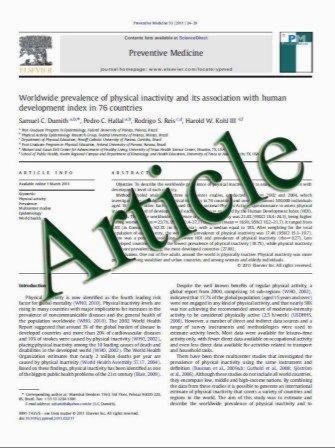Collagen meniscus implantation: a systematic review including rehabilitation and return to sports activity
- نوع فایل : کتاب
- زبان : انگلیسی
- مؤلف : Andrew Harston • John Nyland • Emily Brand • Mark McGinnis • David N. M. Caborn
- چاپ و سال / کشور: 2011
Description
Purpose To determine collagen meniscus implant (CMI) efficacy for improving patient function, symptoms, and activity level. Study methodologies, rehabilitation, and return to sports guidelines were also reviewed. Methods MedLine, EMBASE, CINAHL, Life Science Citations, and Cochrane Central Register of Controlled Trials databases were searched from January 1995–May 2011 using the term collagen meniscal or meniscus implant. Only human studies with English language abstracts that reported patient outcomes were included. Modified Coleman Methodology criteria were used to score research quality. Results Eleven studies with 520 subjects (men = 428; women = 92; 17.7% women) of 38.2 ± 3.7 years of age met the inclusion criteria. Of these subjects, 321 (men = 263, women = 58; 18.1% women) received a CMI. Based primarily on Lysholm Knee Score, Tegner Activity Scale, pain scales and self-assessment measurements knee function, symptoms, and activity level generally improved by 46.6 ± 39.9 months post-surgery. Rehabilitation was described in 9/11 (81.8%) studies and four released patients to full activities at 6 months postsurgery. No study described how advanced rehabilitation or function testing contributed to return to activity decisionmaking. Research quality was generally low (67.1 ± 18.6) with widely ranging (29–97) scores. Reduced CMI size at last follow-up was reported in 6/11 (54.5%) studies, but the significance of this finding is unknown. Conclusions Knee function, symptoms, and activity level generally improved following CMI use, but poor research report quality was common. Additional well-designed long-term prospective studies are needed to better determine knee osteoarthrosis prevention efficacy and appropriate patient selection
Knee Surg Sports Traumatol Arthrosc DOI 10.1007/s00167-011-1579-9 Received: 20 December 2010 / Accepted: 9 June 2011


